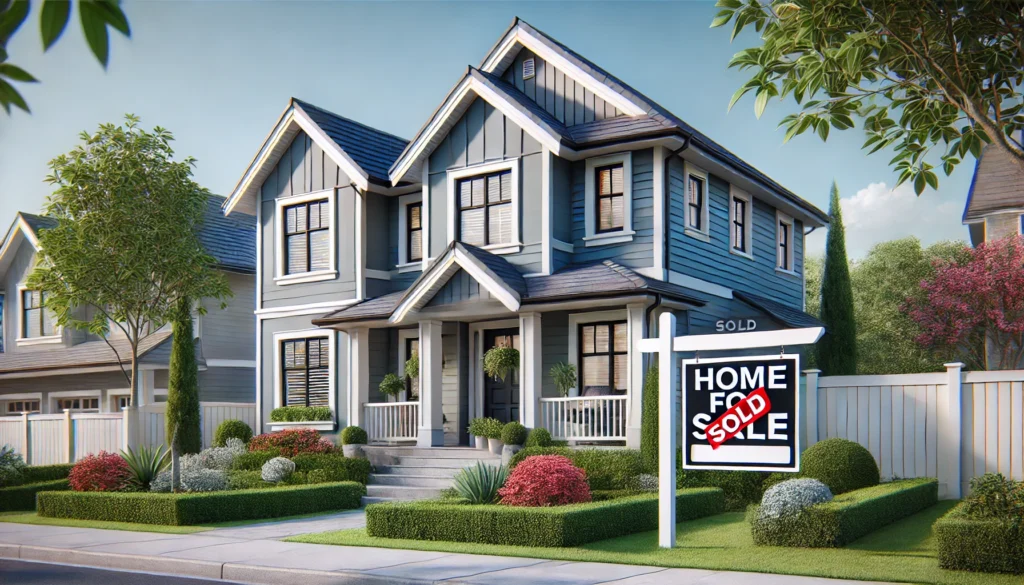Key Takeaways
- Staging can enhance a home’s appeal, potentially speeding up the sale and elevating the sale price.
- Simple adjustments in home staging can significantly impact potential buyers’ perspectives.
- Understand key elements like decluttering, color schemes, and lighting to effectively stage your home.
When selling a home, making the right impression is paramount. One effective method to enhance this appeal is through home staging—a strategic process of preparing a house for sale by making it more attractive to possible buyers. Successful staging techniques can make a significant difference, sometimes even being the deciding factor for potential buyers. Whether you’re collaborating with a skilled New Canaan CT real estate agent Rachel Walsh or taking a DIY approach, mastering the art of staging can transform the buyer’s experience and interest.
New Canaan, CT, real estate agents are known for their deep local knowledge and personalized approach, helping clients navigate the town’s competitive housing market. With expertise in luxury homes, historic properties, and suburban living, these professionals guide both buyers and sellers through every step of the process. Their dedication to client satisfaction and attention to detail makes them trusted advisors in one of Connecticut’s most desirable communities.
In the world of real estate, quick and well-priced sales often result from homes that captivate buyers at first glance. Staging goes beyond rearranging furniture; it involves creating an environment where buyers can easily envision living life in that space. This article delves into various aspects of home staging, offering valuable insights to help elevate your listing and capture the hearts of buyers.
Introduction to Home Staging
Home staging is truly an art form. It’s not just about making a house look nice; it’s about creating an emotional connection with potential buyers. By carefully arranging furniture and accessories, you highlight the home’s strengths while minimizing any potential weaknesses. Staging often involves neutralizing spaces, making it easier for buyers to imagine their personal style fitting seamlessly into the existing structure. The practice has grown exponentially, becoming a key element in real estate marketing for homes of all sizes and prices.
Benefits of Home Staging
Engaging in home staging can provide sellers with a significant competitive advantage. According to a survey by the National Association of Realtors, about 83% of buyers’ agents claimed that staging made it easier for a buyer to picture out the property as a future home. Additionally, 22% of sellers’ agents reported an increase of 1-5% in the dollar value offered by buyers compared to similar unstaged homes. These statistics illustrate the tangible financial benefits that effective staging can bring.
Decluttering: The First Step
Imagine walking into a home filled with clutter—abandoned magazines, mismatched furniture, toys everywhere. It’s distracting, right? Decluttering is the vital first step in staging because it opens up spaces and gives the impression of a clean, well-maintained home. Get started by removing personal items like family photos and clearing countertops. Consider donating or storing excess furniture to keep rooms spacious and inviting. This simple yet effective strategy allows potential buyers to visualize their own belongings in the home, creating a deeper connection to the property.
Choosing Color Schemes That Attract
Colors evoke emotions and can substantially influence a potential buyer’s feelings toward a home. Selecting neutral colors like soft whites, grays, and beiges helps create a universal palette that appeals to a wide range of tastes. Neutral colors act as a blank slate, allowing buyers to project their style onto the space, which can be a strong selling point. For those looking for guidance, experts recommend reviewing Choosing Paint Color for tips on creating appealing aesthetics that enhance a home’s marketability.
Lighting: Creating the Right Ambience
Lighting can either make or break a room’s overall vibe. Bright spaces generally appear larger and feel more welcoming. During viewings, take advantage of natural light by ensuring windows are clean and curtains are drawn. Complement natural lighting with strategically placed lamps and light fixtures, focusing on creating a warm glow. Dimmers can be particularly useful for adding versatility and setting the mood in different rooms, whether light and airy or cozy and intimate.
Furniture Arrangement for Open Spaces
The way furniture is arranged can drastically impact a room’s perceived size and functionality. To create a feeling of flow and openness, position furniture in a manner that naturally directs traffic through the space. Highlight key architectural features by arranging furniture thoughtfully around them, ensuring pathways remain clear of obstruction. This technique not only maximizes space but also invites potential buyers to explore every corner with ease.
Adding Final Touches: Decor and Impressions
Once the basics of staging are complete, adding final decor touches enhances the home’s appeal. These can include strategically placed artwork, throws, and fresh flowers. Utilize accessories to add pops of color and charm without overwhelming the space. Simple, elegant touches can convey a sense of warmth and make the environment memorable. Personalization through staging allows each room to stand out, leaving a lasting impression on buyers as they move from one space to the next.
Case Studies: Success Stories of Staged Homes
Real-world success stories highlight the impact of staging in the real estate market. Homes that have remained on the market for extended periods were often revitalized through professional staging, leading to renewed buyer interest and quicker sales. For instance, a property that had languished for months saw significant offer activity post-staging and sold within weeks. Such examples underscore the potential of strategically planned staging in transforming a listing from stale to standout.
Conclusion
Incorporating these staging strategies not only enhances the visual and emotional appeal of your property but also positions it competitively in the market. By paying attention to detail and understanding what makes a home attractive, sellers can ensure their homes achieve the best possible outcome in the sale process.

